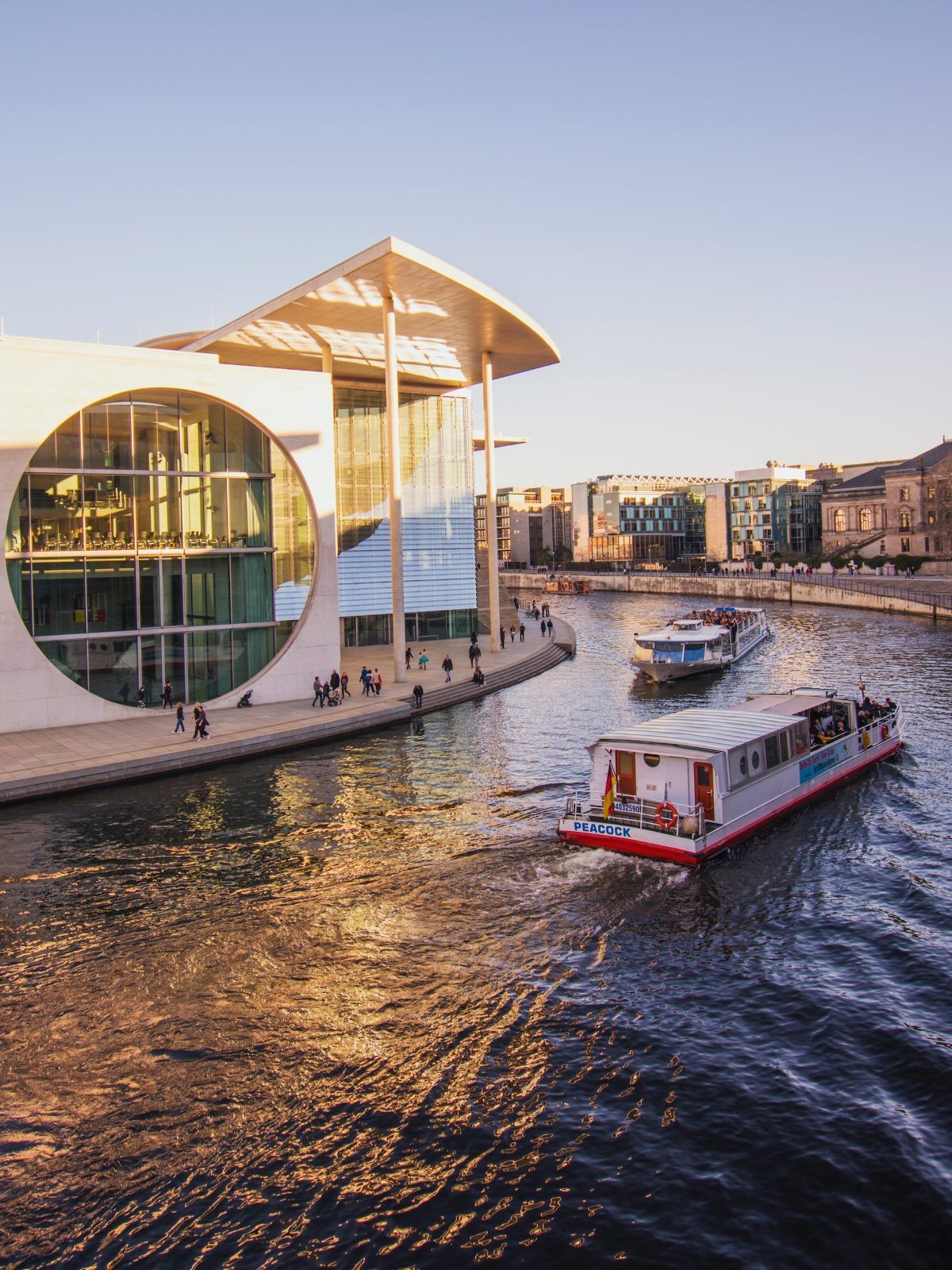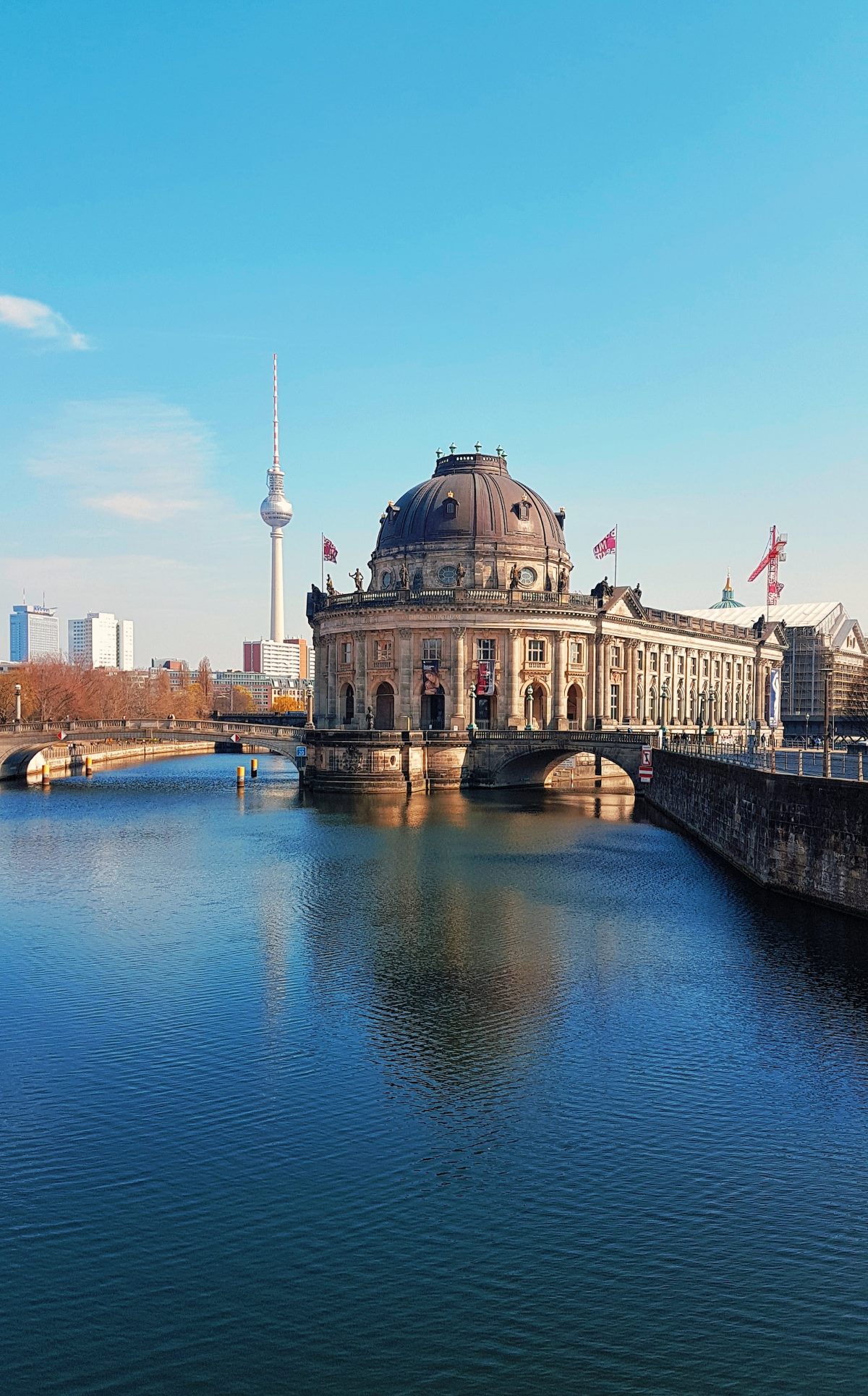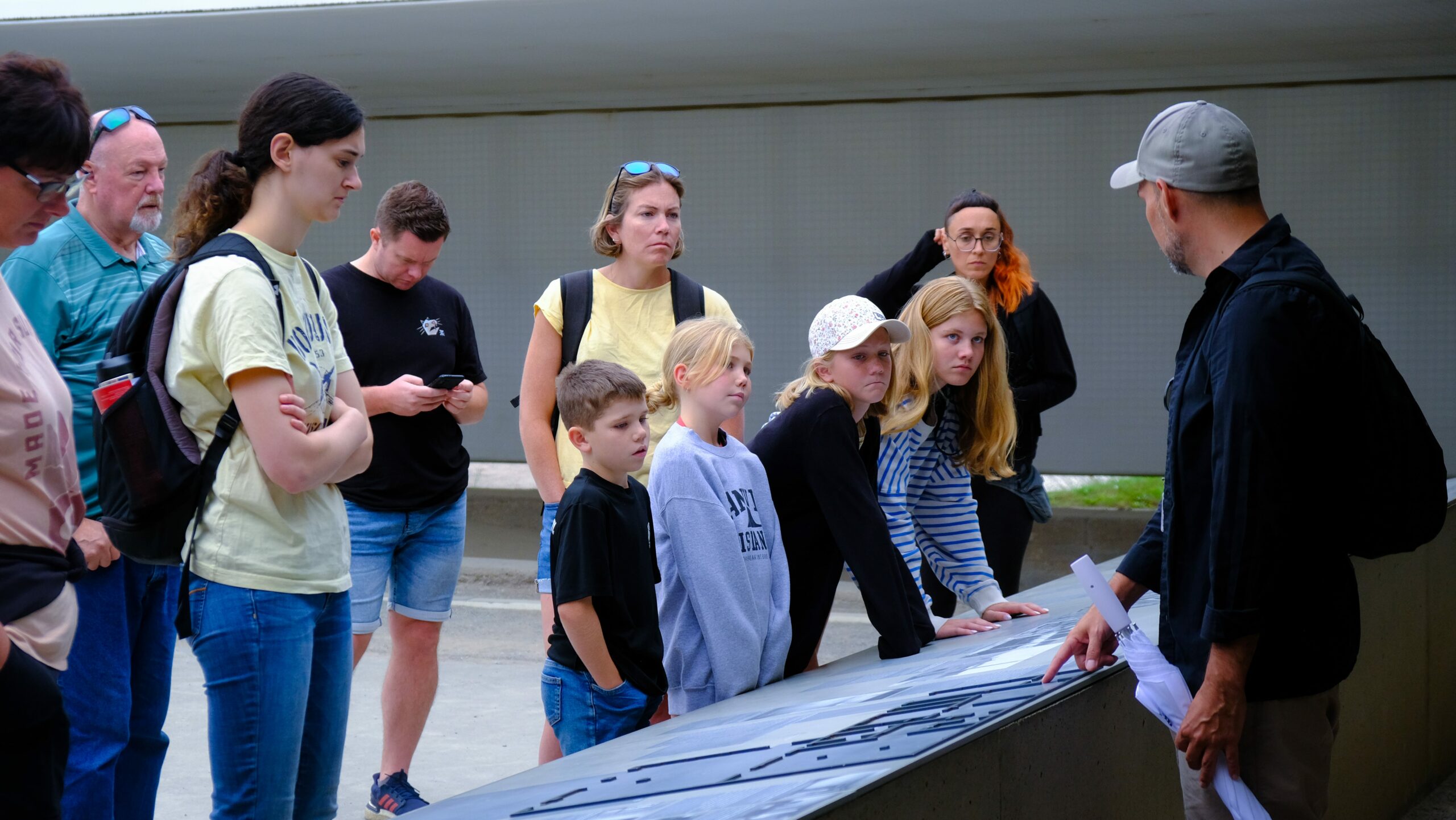Introduction
The Nazi administration created the Sachsenhausen Concentration Camp outside Berlin in 1936. The institutional camp operated as an original template which inspired other concentration facilities beyond it. People who travel to Sachsenhausen Memorial encounter a serious yet useful learning opportunity about World War II atrocities. This article provides a chronological examination of Sachsenhausen from its inception through operational purposes while discussing why these places need preservation for following generations.
The History of Sachsenhausen
The SS (Schutzstaffel) constructed Sachsenhausen Concentration Camp as their benchmark facility which established methods for controlling and handling incarcerated persons. Historically Sachsenhausen served as an official facility designed to keep political prisoners who stood in opposition to Adolf Hitler as well as to his Nazi regime mostly composed of social democrats and communists and trade unionists.
During its expansion Sachsenhausen became home to prisoners from different groups which included Jews as well as homosexual individuals together with Jehovah’s Witnesses and other Nazis’ political opponents. The absolute horror of which prisoners in this camp endured involves forced labor and medical atrocities together with routine mistreatment.
Life in Sachsenhausen
The Nazi officials intentionally structured Sachsenhausen as a system aimed at breaking down inmate humanity while erasing their morale. The prisoners endured multiple ordeals because they resided in barracks where overcrowding was a problem while experiencing regular hunger and not receiving enough clothing. The camp authorities enforced brutal punishment measures against prisoners who violated any rules no matter how small which maintained their constant state of terror.
Town residents at Sachsenhausen experienced vital existence through forced labor schemes as one of its primary elements. During imprisonment prisoners were used for production work in factories as well as construction activities and SS business operations. The prisoners died because of how badly they suffered under harsh physical labor conditions and poor living conditions at Sachsenhausen.
Visiting the Sachsenhausen Memorial
Today the Sachsenhausen Memorial and Museum exists as an institution dedicated to showing the horrors which took place at its site. The site offers areas for educational activities and serves both as a place to remember while providing space for contemplation. Visitors can observe both the main camp and several satellite camps during their exploration which provides knowledge about how prisoners lived their daily lives in the facility.
The memorial experience allows visitors to engage through either professional tour guides or audio information systems or independent study routes. The museum contains a complete historical explication of Sachsenhausen through survivor photographs and survivor narratives.
Preserving the Memory
Protecting Sachsenhausen as a memorial site plays a crucial role so that future generations can grasp the past suffering and develop strategies to stop repeating future destructive events. The memorial serves as a reminder of the importance of human rights, tolerance, and the dangers of extremist ideologies.
A respectful and sensitive mindset should guide anyone who plans to visit Sachsenhausen. Sachsenhausen existed as a site where many tens of thousands of people suffered with great pain and lost their lives. Participating in the educational programs and commemorative activities help preserve the memory while also respecting the victims.
Table of Contents




